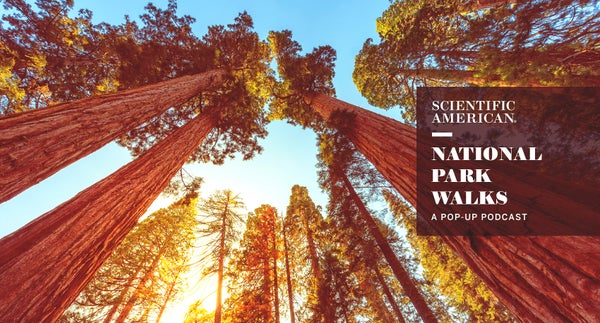Welcome to National Park Nature Walks, a pop-up podcast. Host Jacob Job, an ecologist and audiophile, brings you inches away from a multitude of creatures, great and small, amid the sonic grandeur of nature. You may not be easily able to access these places amid the pandemic, but after you take this acoustic journey, you will be longing to get back outside.
Episode 10: The Otherworldly Sounds of an Elk Rut
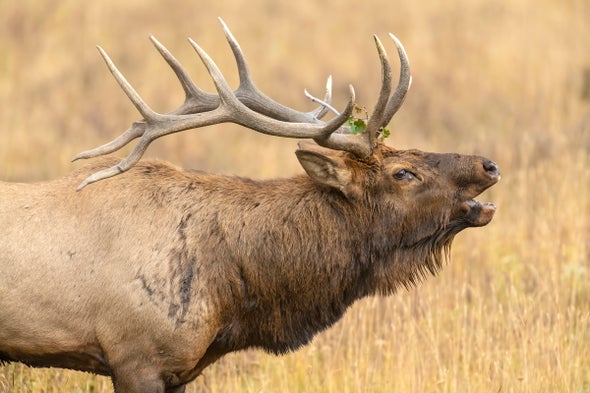
Male elk during the fall rut at Rocky Mountain National Park.
Credit: Getty Images
On supporting science journalism
If you're enjoying this article, consider supporting our award-winning journalism by subscribing. By purchasing a subscription you are helping to ensure the future of impactful stories about the discoveries and ideas shaping our world today.
In today's episode it's September and we've made our way back to Rocky Mountain National Park in Colorado to witness giant bull elk work themselves into a frenzy, bugling and fighting for mating rights during the annual elk rut.
Episode 9: Inside a Migratory Bird Sanctuary
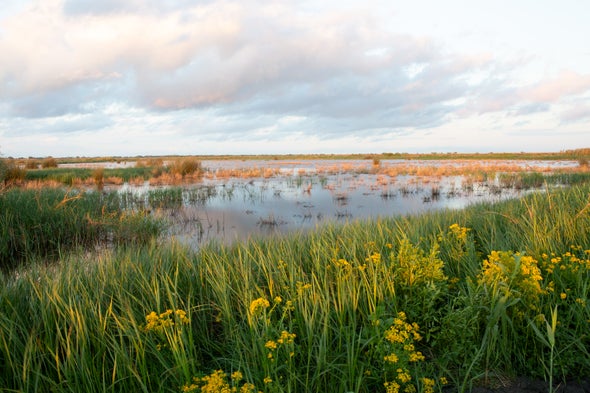
A morning view from inside the Rockefeller Wildlife Refuge in Louisiana.
Credit: Jacob Job
In today's episode, it's early April, and we've made our way to Rockefeller Wildlife Refuge, along the Gulf Coast of central Louisiana. Each spring, the Gulf Coast is a welcome sight to billions of migratory birds after making the nonstop, perilous journey north across the water from Mexico.
Episode 8: The Blue Oaks of Sequoia
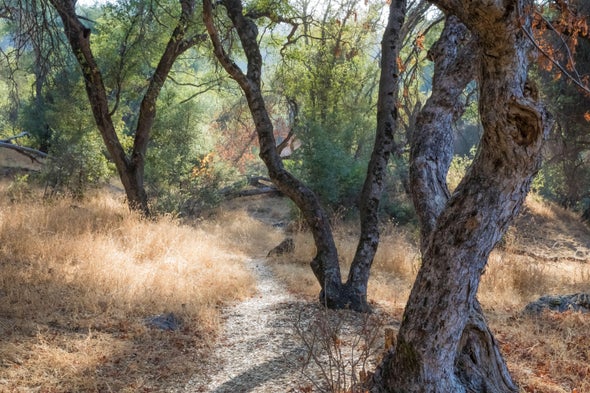
Blue oak woodlands in the foothills of Sequoia National Park in California. According to one scientific study, the remnant old-growth blue oak ecosystem may be one of the most extensive presettlement woodland cover types left in California.
Credit: Alamy
In today's episode, it's April, and we've made our way into the blue oak woodlands in Sequoia National Park in California. These woodlands are found nowhere else in the world except for the foothills surrounding the Central Valley. The wet season has transformed these normally golden and dry hills into a blanket of green with pockets of short-lived wetlands.
Episode 7: Into the Wilderness by Canoe
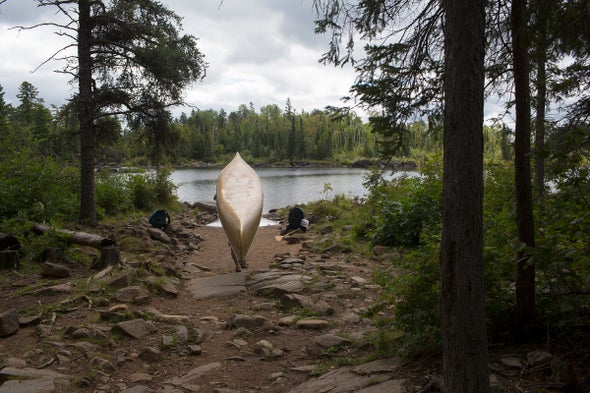
Hundreds of freshwater lakes make up the Boundary Waters in the northern woods of Minnesota.
Credit: Andrew Lichtenstein Getty Images
In today's episode, it's June, and we've made our way by canoe several miles into the Boundary Waters Canoe Area Wilderness in northern Minnesota. Situated along the Canadian border, the Boundary Waters area contains thousands of lakes and ponds and miles upon miles of rivers and streams within the more than one million acres of federally designated wilderness. We'll spend a slow afternoon hunkered down in our tents, listening to a passing thunderstorm. Once it's safe, we'll continue our lazy day next to the lake's edge, where we'll identify some of the songbirds who weathered the storm with us while we listen to the beautifully intricate details of the poststorm waves as they lap the shore.
Episode 6: Yellowstone Bison and Secretive Marsh Birds
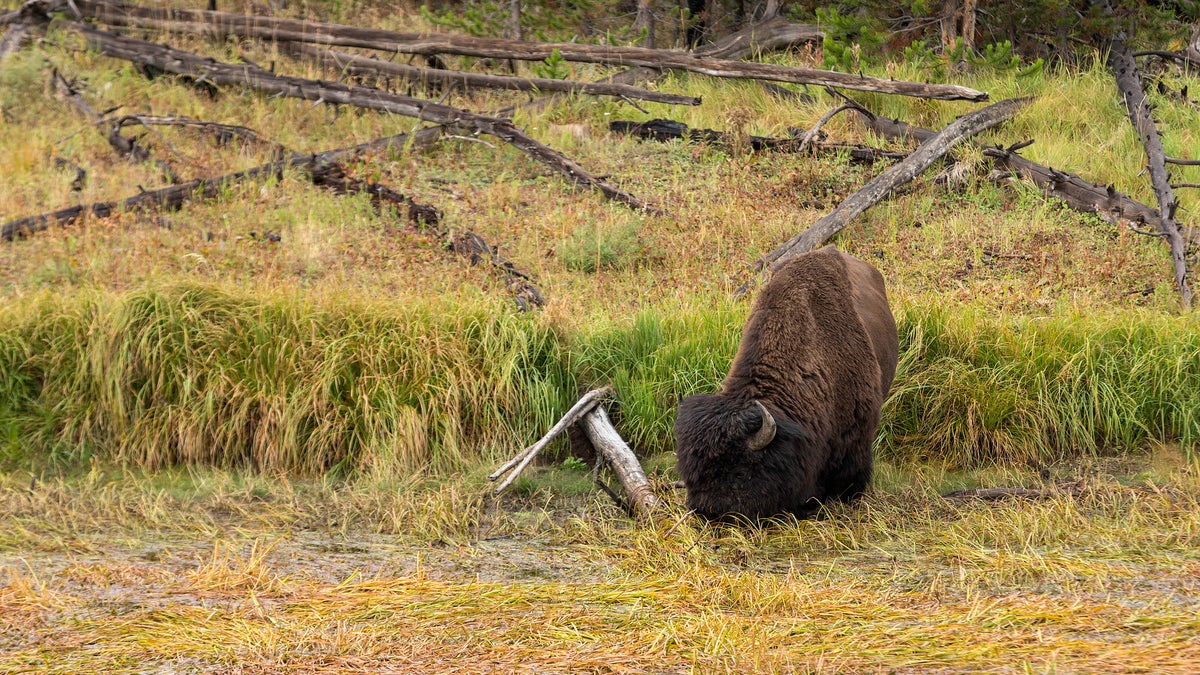
Large bison bull drinks in a swampy marsh in Yellowstone National Park.
Credit: Getty Images
In today's episode, it's May, and we head to Yellowstone National Park in northwestern Wyoming. Yellowstone might be the U.S.'s most famous national park, attracting millions of visitors each year from around the country and world. Most come to Yellowstone to seek out its wildlife or to gaze upon its many geysers. We're going to explore it from a slightly different angle.
Episode 5: Journey to the Northwoods
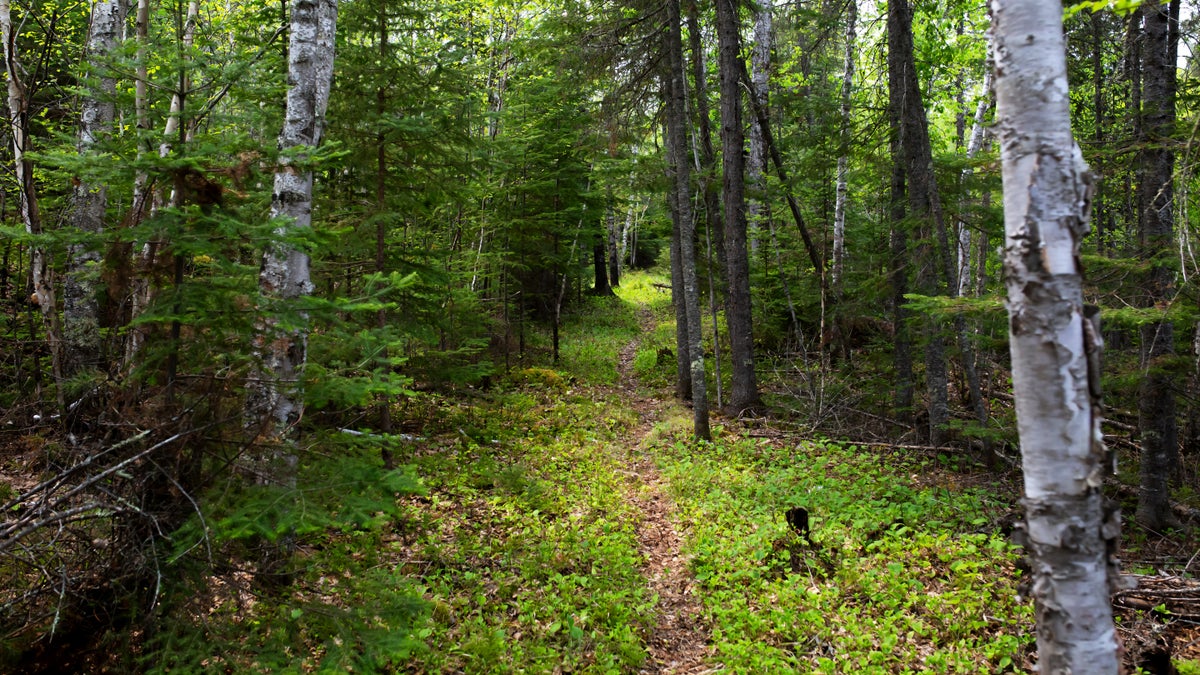
Credit: Jacob Job
In today’s episode, we head to the northernmost reaches of the contiguous U.S. to one of the most remote parks in the National Park Service. We’re headed into wilderness to explore Voyageurs National Park on the Minnesota-Canada border. Voyageurs is located at the southernmost edge of the expansive boreal ecosystem, which extends hundreds of miles north to Canada’s Hudson Bay. We’ll start the morning at camp, coffee in hand, enjoying the solitude and serenity of dawn next to a backcountry lake. Using a trail shared by moose, bears, lynx and wolves, we’ll then make our way to a decades-old beaver dam, where we’ll settle into the rhythm of birdsong during late morning.
Episode 4: A Beautiful Swamp
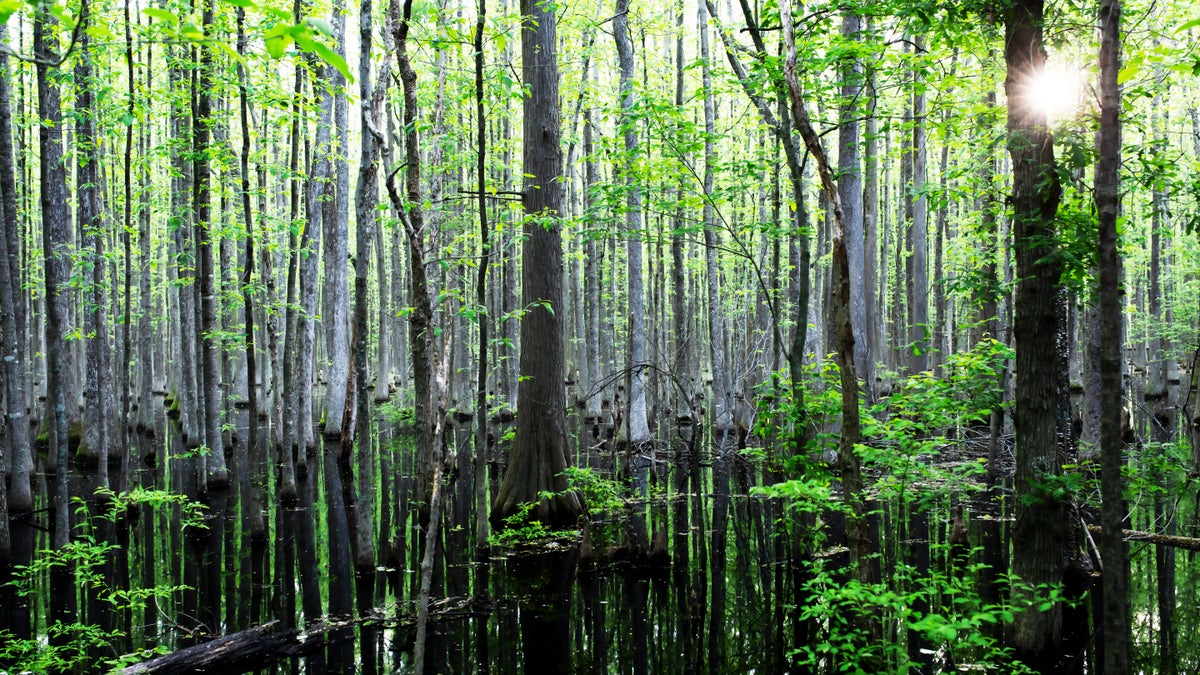
Morning in Tensas National Wildlife Refuge.
Credit: Jacob Job
In today’s episode, we head to the deep south to the flooded forested swamps of the Mississippi River Valley. We’re going to explore Tensas River National Wildlife Refuge in northeastern Louisiana. Established in 1998, the refuge protects 64,000 acres of second- and old-growth hardwood forest that was the last known home to the famous ivory-billed woodpecker, which went extinct in the 1930s. Here, we’l start the day before sunup, chest waders on, walking through flooded forest near the refuge headquarters. We’ll hear gray tree frogs and crickets end their nighttime shift while the refuge’s countless bird species greet the dawn with a myriad of songs and calls.
Episode 3: Where Lewis and Clark Trod
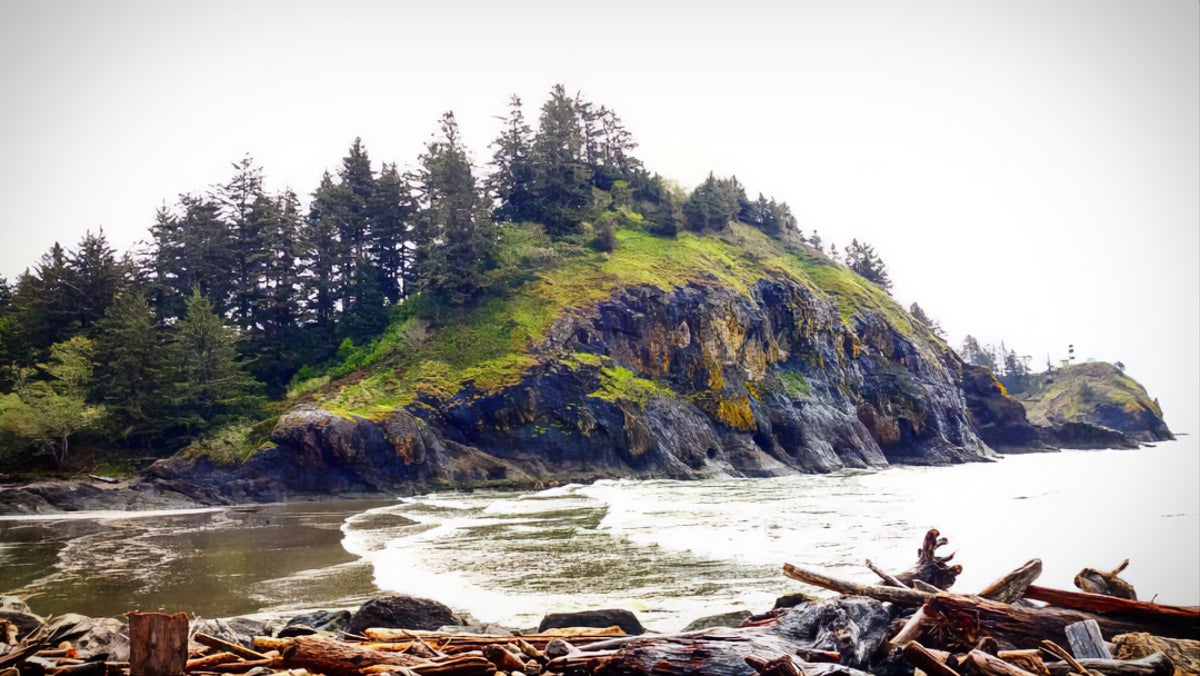
End of the Lewis and Clark National Historical Trail.
Credit: Jacob Job
In today’s episode, it’s April, and we’re headed to the Pacific Northwest at the mouth of the Columbia River, near Astoria, Ore. Here, we’ll visit Cape Disappointment State Park, one of the last stops on the Lewis and Clark National Historical Trail. Cape Disappointment is also near where Meriwether Lewis, William Clark and the Corps of Discovery ended their historic 18-month, 4,100-mile journey from the mouth of the Missouri River to the Pacific Ocean. We’ll start our journey at dawn, sitting next to the mighty Pacific Ocean before making our way inland across coastal dunes, salt marshes, high-forested bluffs and finally ending the day surround by old-growth forest and a deafening chorus of frogs. The sounds we’ll hear today are some of the same sounds the Corps of Discovery heard here over 200 years ago.
Episode 2: Sequoia Heights
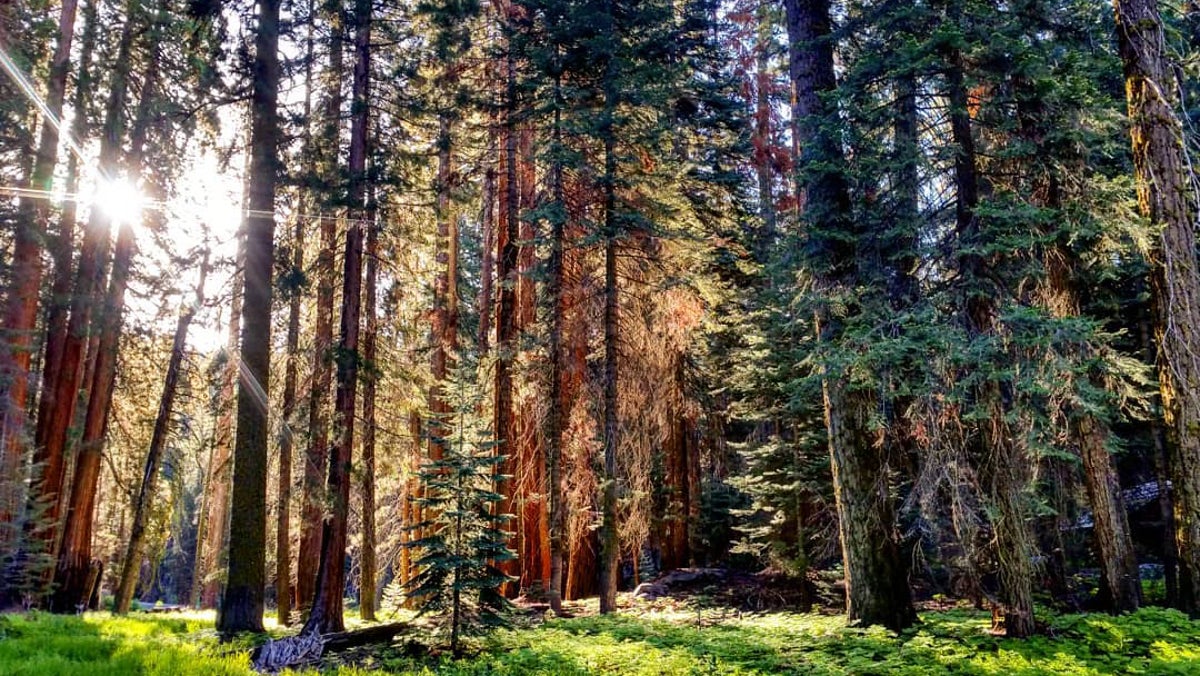
Sunrise inside Sequoia National Park in California.
Credit: Jacob Job
In today’s episode, it’s June, and we’re in Sequoia National Park in California, home to some of the largest and oldest trees on the planet. Instead of hiking along a trail to explore the park, we’re going to experience it from a slightly different perspective. Today we’re climbing up into the Sequoias to hear what the world sounds like from over 250 feet above the ground. During the first half of this episode, we’ll greet the dawn while sitting at the base of a massive, centuries-old sequoia tree in the Giant Forest. Then we’ll travel back in time to the beginning of this episode and experience the sunrise all over again but this time from up inside the canopy of the same tree.
Episode 1: Rocky Mountains
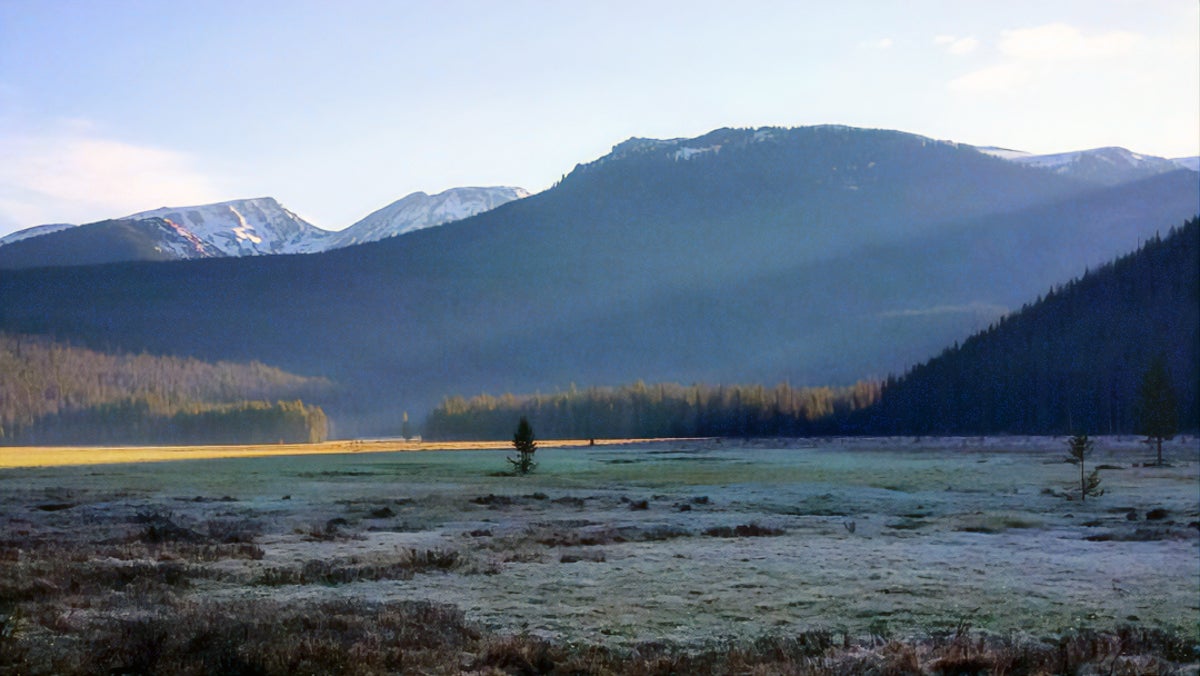
Sunrise inside Rocky Mountain National Park in Colorado.
Credit: Jacob Job
It’s mid-June, and we’re on the west side of Rocky Mountain National Park in Colorado. This side of the park sees far fewer visitors than the much busier east side, but it’s no less beautiful and offers an abundance of opportunities to explore remote places with lots of wildlife. Today we start at dawn at the southern end of the Kawuneeche Valley near where Onahu Creek joins the Colorado River. From there, we’ll cross the Trail Ridge Road and head east up the Green Mountain Trail to a hidden gem: a massive, open grassy expanse known as Big Meadows. We’ll sit alongside Tonahutu Creek before finally making our way to the base of Nakai Peak, where we’ll seek shelter from a late morning thunderstorm.
